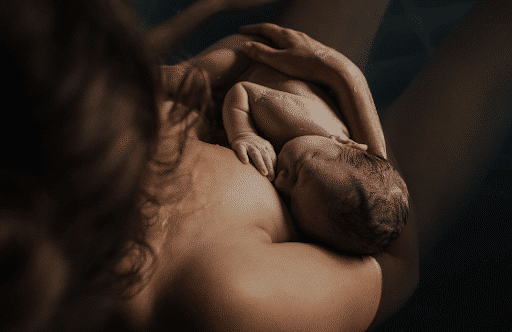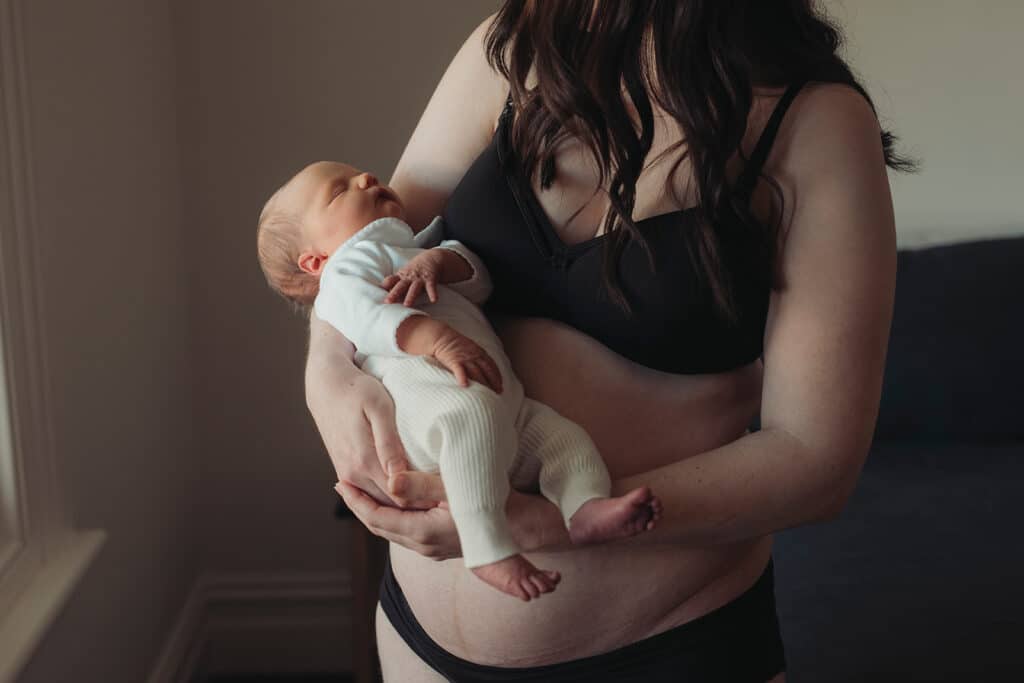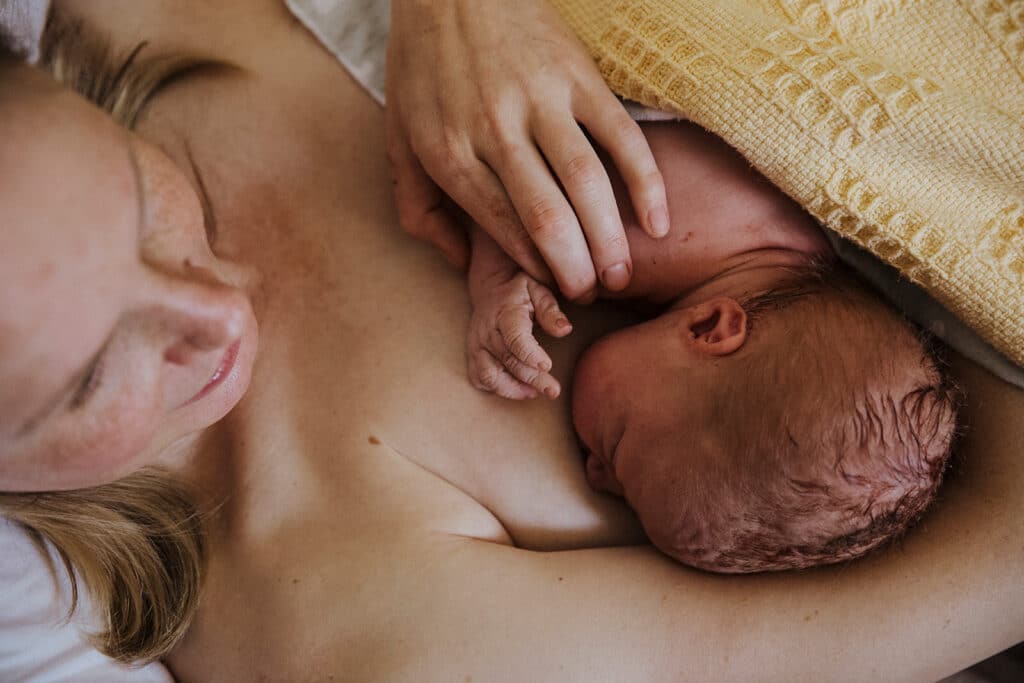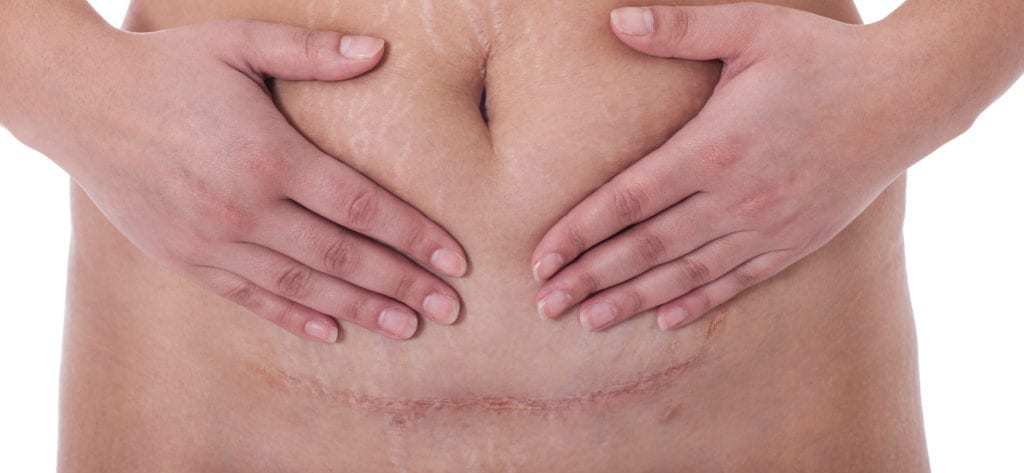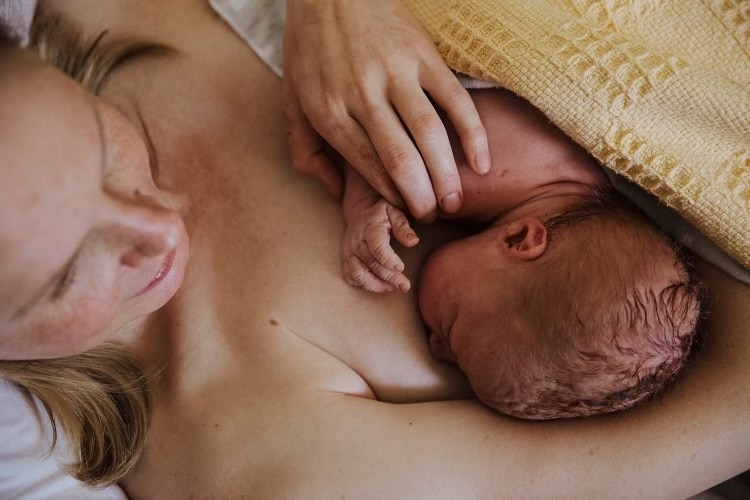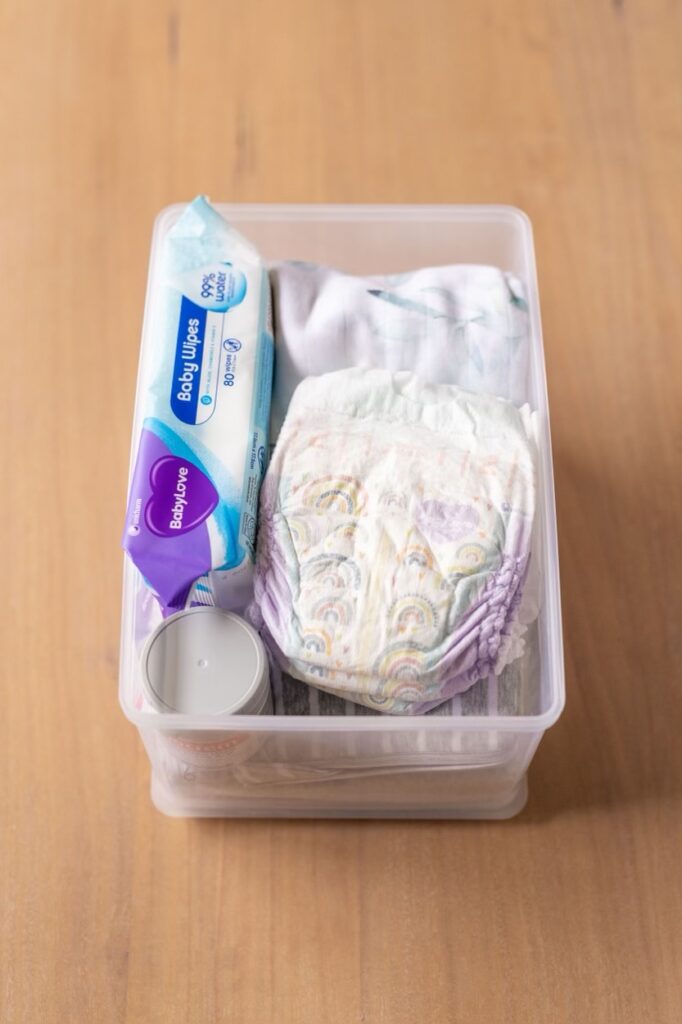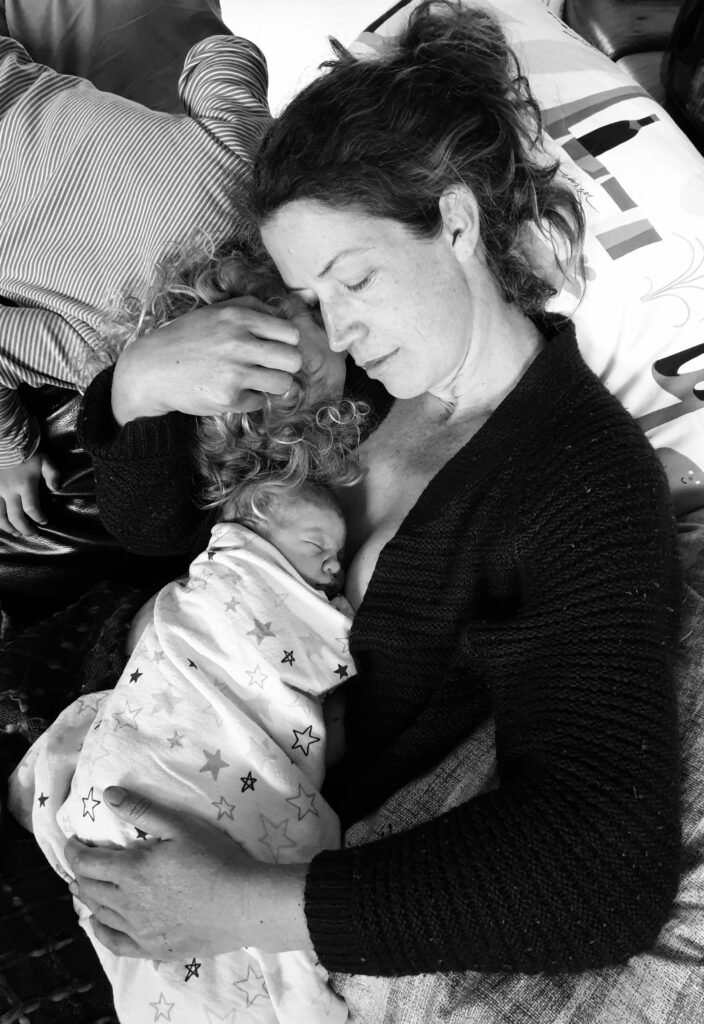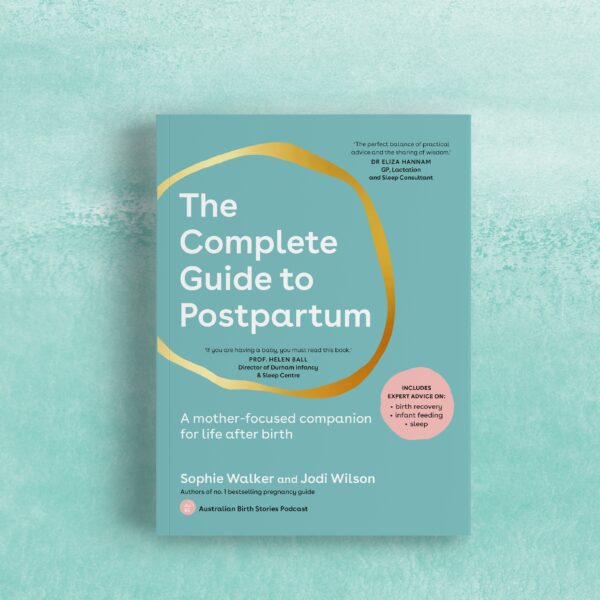
Let's talk about
Postpartum
Postpartum
Navigate the period after giving birth with guidance for recovery from a vaginal birth or c-section and information for women who breastfeed or bottle-feed.
Our Podcast Picks for You
Keen to learn more with us? Check our our Pregnancy Freebies!
Related Products
-
The Complete Guide to Postpartum: A Mother-Focused Companion for Life After Birth
$34.95Full of expert advice, mothers’ stories, and evidence-based information that will guide you into motherhood with confidence.
Join the conversation
Sign up to get the latest updates, freebies, podcast releases straight into your inbox
@AustralianBirthStories
Follow along with us
@AustralianBirthStories
Follow along with us
@AustralianBirthStories
Follow along with us
@AustralianBirthStories
Follow along with us
@AustralianBirthStories
Follow along with us
@AustralianBirthStories
Follow along with us
@AustralianBirthStories
Follow along with us
@AustralianBirthStories
Follow along with us
@AustralianBirthStories
Follow along with us
@AustralianBirthStories
Follow along with us
@AustralianBirthStories
Follow along with us
@AustralianBirthStories
Follow along with us

